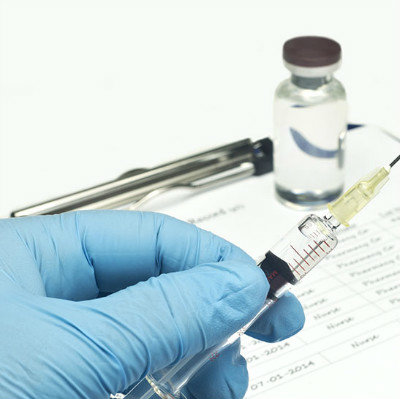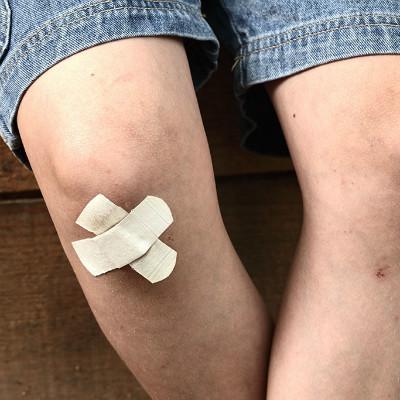Morphine hydrochloride injection?
summary
Morphine hydrochloride injection, a powerful analgesic, is suitable for acute sharp pain that other analgesics have no effect on, such as severe trauma, war wound, burn, advanced cancer and so on. In patients with myocardial infarction and normal blood pressure, the application of this product can make the patient calm down and reduce the burden on the heart. It can relieve the symptoms of pulmonary edema temporarily when applied to cardiogenic asthma.
Morphine hydrochloride injection?
[pharmacokinetics] the drug can be absorbed rapidly by subcutaneous and intramuscular injection, and 60% can be absorbed 30 minutes after subcutaneous injection. After absorption, it can be rapidly distributed to lung, liver, spleen, kidney and other tissues. In adults, only a small amount of morphine can penetrate the blood and cerebrospinal fluid barrier, but it can produce high analgesic effect. It can reach the fetus through the placenta. The protein binding rate was 26% - 36% after eliminating T1 / 21.7-3 hours. The analgesic effect lasted for 4-6 hours. This product is mainly metabolized in the liver, 60% - 70% of which is combined with glucuronic acid in the liver, 10% is demethylated to demethylmorphine, and 20% is free type. It is mainly excreted by kidney and a small amount by bile and milk.

[indications] this product is a powerful analgesic and is suitable for acute sharp pain that other analgesics have no effect on, such as severe trauma, war wound, burn, advanced cancer and so on. In patients with myocardial infarction and normal blood pressure, the application of this product can make the patient calm down and reduce the burden on the heart. It can relieve the symptoms of pulmonary edema temporarily when applied to cardiogenic asthma. Anesthesia and administration before operation can keep the patient quiet and drowsy. Because of its strong excitatory effect on smooth muscle, it can not be used alone for visceral colic (such as biliary colic), but should be combined with effective antispasmodic drugs such as atropine. This product is not suitable for long-term use in patients with chronic severe cancer pain.

[adverse reactions] 1. Drug resistance is produced after 3-5 days of continuous use, and it can be addicted for more than 1 week, so it should be used with caution. However, for patients with advanced moderate and severe cancer pain, if the treatment is appropriate, dependence and addiction are rare. 2. Nausea, vomiting, respiratory depression, drowsiness, dizziness, constipation, dysuria, biliary colic, etc. Occasionally pruritus, urticaria, skin edema and other allergic reactions. 3. The main symptoms of acute poisoning of this product are coma, deep respiratory depression, extremely narrow pupil, symmetrical on both sides, or needle like, hypotension, cyanosis, oliguria, hypothermia, cold and wet skin, myasthenia, shock, circulatory failure, mydriasis and death due to severe hypoxia.

matters needing attention
[contraindications] respiratory depression has shown cyanosis, intracranial hypertension and craniocerebral injury, bronchial asthma, pulmonary heart disease compensatory dysfunction, hypothyroidism, cortical insufficiency, prostatic hypertrophy, dysuria and severe liver insufficiency, shock has not been corrected before control, inflammatory intestinal infarction and other patients are prohibited.














